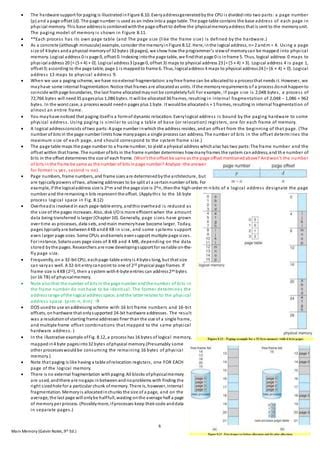Understanding the nBits Value in Ethereum: A Step-by-Step Explanation

Ethereum’s proof-of-work (PoW) consensus algorithm relies heavily on the hash function to secure and verify transactions. One fundamental concept that may seem complex at first is the value represented by nBits in Ethereum. In this article, we’ll break down what it means for a miner to produce a hash lower than the nBits value and understand what it entails.
What is Hashing?
Hashing is the process of taking input data (in this case, blocks) and producing a fixed-size output (a digital fingerprint or “hash”) that represents the input data. Think of it like generating a unique identifier for an item in a database. The hash function takes a string as input and produces a hash value as its output.
The SHA256 Hash Function
As you mentioned, we’re using SHA256 (Secure Hash Algorithm 256) as our example hashing algorithm. Here’s how it works:
- Take the header block as input.
- Apply the SHA256 algorithm to generate a hash of the input data.
- The resulting hash value is the output.
The nBits Value
In Ethereum, the nBits value represents the number of bytes in the hash that must be hashed before it can be considered valid. This value is typically 256 (or 32 bytes) for SHA256 hashes.
When a miner attempts to solve the PoW by producing a hash that is lower than the nBits value, they are essentially trying to find a collision – an input that produces no output when hashed with a specific algorithm or number of iterations.
What does this mean?
To illustrate the concept, consider the example of hashing a block header. Suppose we have a SHA256 hash of a block header with 10 bytes (1000 bits). If a miner attempts to solve PoW by producing a hash that is lower than nBits = 32 (or 2^5), they would be attempting to find a collision.
To achieve this, the miner would need to have at least 20 iterations of SHA256 (or 80 bytes) to “guess” the correct input. However, because it’s not possible for any single iteration to produce an output that is different from the actual hash value, there are no collisions in this case.
Why do miners care?
Miners care about producing hashes lower than nBits for several reasons:
- Proof-of-work: The smallest non-zero hash value that a miner can generate indicates their proof of work. It shows that they have solved the block header puzzle, and their solution is secure.
- Difficulty curve: As miners progress through the difficulty curve, their chances of producing hashes lower than
nBitsincrease. This means the reward for solving PoW grows as the difficulty increases.
- Security: A miner’s ability to produce hashes lower than
nBitsmakes their solution more difficult for other miners to replicate.
In summary, the nBits value represents the number of bytes required by SHA256 hash functions before a collision can be produced. When a miner attempts to solve PoW by producing a hash that is lower than nBits, they are essentially trying to find an unhashed input (or “collision”) which can only happen when there is no output from the algorithm, hence making it impossible for any single iteration to produce a different output.
With this explanation, you should have a better understanding of what the nBits value represents in Ethereum’s PoW consensus algorithm.
